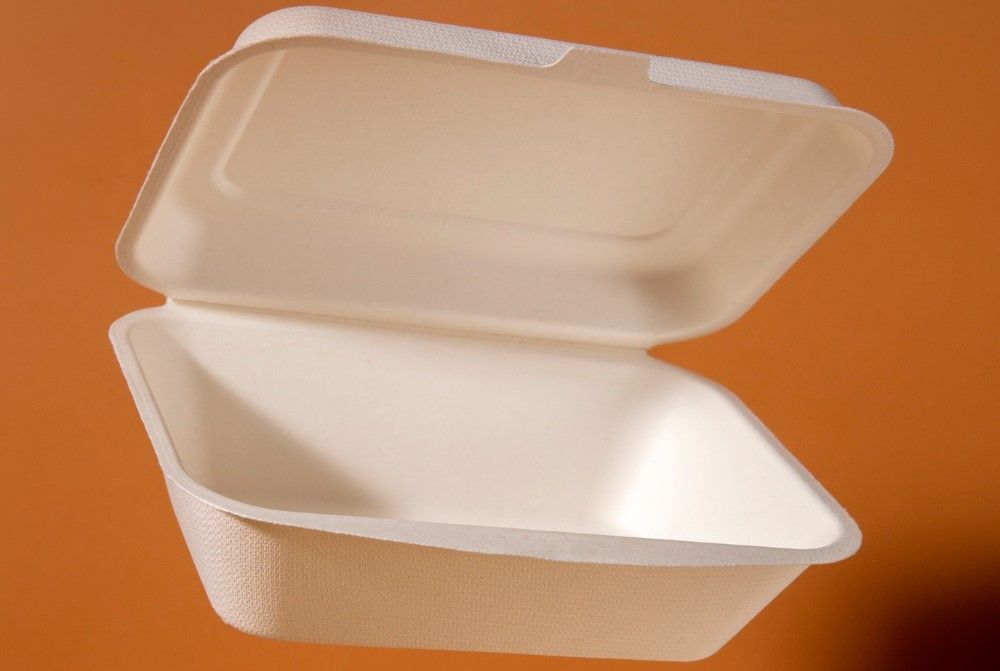Nanoscale Modification Gives Polystyrene an Antimicrobial Surface
Nanotechnology researchers look to cicadas and other insects as inspiration for engineering cleaner polymers.

Despite happening more than four ago, the economy is still in the wake of the COVID pandemic. Supply chains are still recovering, inflation is an ongoing battle, and the fear of another (more damaging and deadly) global health disaster looms large.
For this reason, developing low-cost, chemical free but effective antimicrobial surfaces has become an essential goal for science.
With this in mind, nanotechnology researchers are hard at work looking at ways in which the manipulation of materials at the nanoscale can prevent the spread of viruses and bacteria to create a healthier world.
“We use cicadas and other insects as inspiration for engineering new materials,” explains Prof. Marianne Alleyne from the University of Illinois Urbana-Champaign. “As biologists, we also want to be able to use these materials to then go in the opposite design direction. So, the prototypes that we created, and which may result in marketable new surfaces for various industries, can also be used to help us explain fundamental biological questions about natural selection.”

Together with Yutao Chen, a biologist and graduate student, a study of the antimicrobial properties of cicada wings is being used as a way to create cleaner surfaces.
“Cicada wings are superhydrophobic, meaning they’re really waterproof, and they also have excellent antibacterial properties,” notes Chen.
While to the naked eye, cicada wings may look no more interesting than any other insect body part, when analysed at the nanoscale, they can be seen to be made up of billions of miniscule pillars measuring as little as 150 nanometres wide and 200 to 400 nanometres tall (where a human hair is 90,000nm thick).
While the distribution and exact size of the nanopillars varies from species to species, a cicada wing’s structure is a rough surface which provides hydrophobic, or water-repellent, properties. But more interestingly for nanomaterial researchers, they also contain antibacterial functionality.
Using a flexible and versatile nanoscale replication method called nanoimprinting lithography, the nanomaterial scientists were able to copy the nanoscopic features of cicada wings to create antimicrobial surfaces on polystyrene.

Evidence of this property can be witnessed in real time, as according to the University press release, “Chen uses [an] environmental scanning electron microscope to observe Pseudomonas aeruginosa bacteria on natural and replicated nanopillars, and a confocal laser scanning microscope to evaluate how well biological and engineered nanopillar surfaces can destroy bacteria. In most cases, the nanopillars simply puncture or tear the outer membrane of the bacteria to repel or destroy it.”
Specifically, the report notes that, “The engineered nanopillars can destroy more than 95% of the bacteria within 3 hours.”
Future objectives for the project involve utilising microfluidics techniques to see more dynamic interactions between the bacteria and the replicated surfaces, as well as experimenting with various fabrication techniques. Additionally, Chen's microfluidics project will use microscopic channels to move bacterial liquid mixtures over various nanopillar surfaces.
As Chen observes, “It’s imperative to develop durable surfaces that are mechanically antibacterial.”
With the market in high demand for cleaner surfaces, it seems that even simple polymers such as polystyrene can now get a boost from nanomaterial manipulation. With cicadas providing the inspiration that manufacturers are looking for.
Manufacturers of composite materials have long understood the profound effects of particular raw materials and the ways in which their expert and precise application can improve a material's qualities. By applying nanomaterials to industrial feedstocks a material’s strength, flexibility, impact strength, electrical conductivity, UV protection, chemical resistance, crack resistance, and even thermal conductivity can be adjusted.
To learn more about how nanomaterial modification can improve everyday manufactured products, visit: Polymer Nano Centrum (who sponsor this article) or contact the company for a free enquiry.

